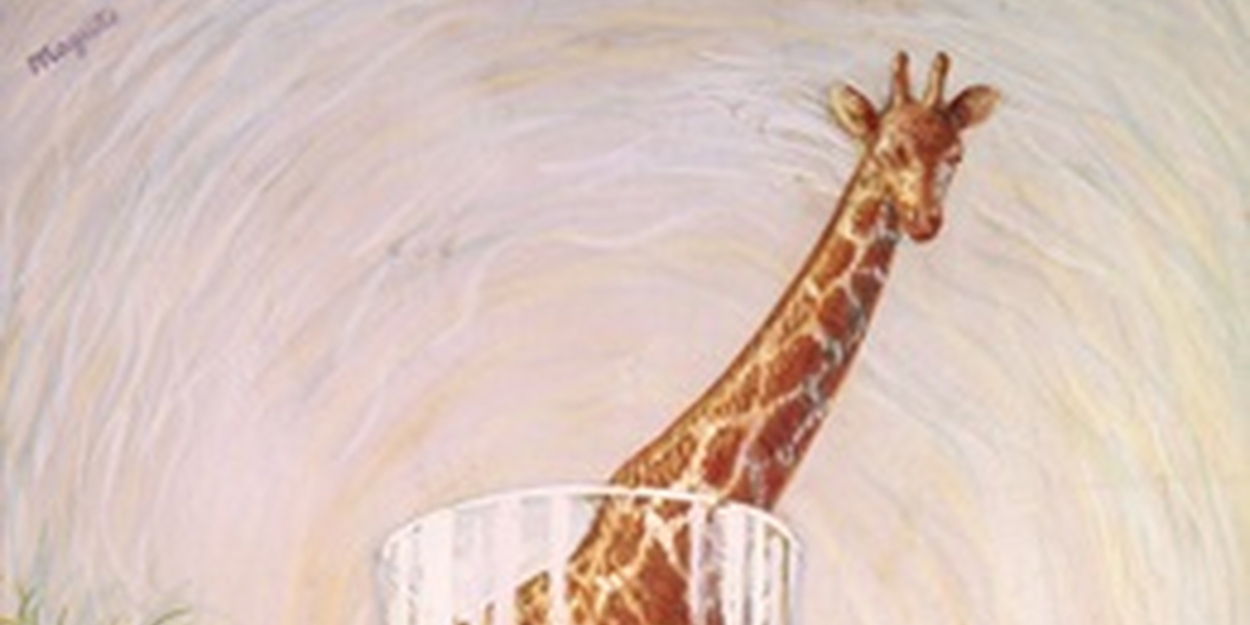Bozar Celebrates Surrealism In Belgium With 'Histoire de ne pas rire'
The exhibition runs 21 February through 16 June.

In the context of the Belgian Presidency of the Council of the EU and to commemorate the 100th anniversary of the publication of the Surrealist Manifesto (1924), Bozar is celebrating 100 years of surrealism with a unique exhibition dedicated to the avant-garde movement in Belgium.
In 1924, coinciding with Paris, the surrealist adventure makes its Belgian debut with the bold pamphlets of poet Paul Nougé, forming the central theme of this exceptional retrospective exhibition. Belgium's quirky surrealists go beyond the purely aesthetic – they want to transform the world with their subversive art. Histoire de ne pas rire pays extra attention to their international interactions, the political-historical background, and important women artists.
Surrealism was the most important artistic movement of the 20th century in Belgium, and its spirit lived on long after the death of Paul Nougé and René Magritte. The movement produced no less than three generations of artists and as many visions of reality.
Starting with its title - a direct reference to Paul Nougé's book (published by Marcel Mariën in 1956) - the exhibition is full of facetious and often provocative humour.
Surrealism in Belgium quickly distanced itself from Parisian surrealism, rejecting automatic writing and the role of the unconscious.
Paul Nougé did not seek recognition or fame. He experimented in the shadow, with his accomplices. “Although Nougé appeared to be the thinking head and conscience of the Brussels Surrealist group, he never claimed to be its leader. In this sense, he is the very opposite of André Breton,” explains Xavier Canonne, the exhibition's curator.
Histoire de ne pas rire features works by René Magritte, Jane Graverol, Marcel Mariën, Rachel Baes, E.L.T. Mesens, Leo Dohmen, Paul Delvaux as well as Max Ernst, Salvador Dalí, Giorgio De Chirico and many others. About 260 paintings, objects, drawings, collages, photographs and over 100 documents, magazines, posters and pamphlets have been loaned by over 50 museums (Centre Pompidou, Tate Modern, Boijmans Van Beuningen, Pinakothek München, Kunsthaus Zürich, etc.), foundations, art galleries and private collections.
The selection of works offers a representative view of 75 years of surrealist activity and reflects the diversity of this movement. Conceived in a non-linear way, the exhibition promotes “collision " and dialogue between the works, also made possible by the original scenography.
The original scenography by Yves Malysse and Kiki Verbeeck of URA Architects was inspired by the Surrealists' desire to disorientate and disrupt established patterns of thought and vision. It also refers to the reflections of Magritte and the interactions between words and images. The works of art are presented on temporary walls, and the surrounding permanent walls serve only as surfaces for the texts and quotations.
This astonishing labyrinthine circuit reveals new resonances and dialogues.
With a view to the conscious and environmentally-friendly use of materials, these elements will be dismantled after the exhibition and integrated into one or more construction projects in the Brussels region.
In dialogue with the exhibition, Jelena Vanoverbeek presents a new video work titled "Violins" (2023).
Bozar also developed an artistic extra muros parcours around the Centre for Fine Arts. Bozar invited five artists – Annabelle Binnerts, Valérie Mréjen, Laure Prouvost, Ghita Skali & Salim Bayri – to create surreal text-based artworks exclusively visible in augmented reality, floating around the Mont des Arts neighborhood.
Comments
Videos

